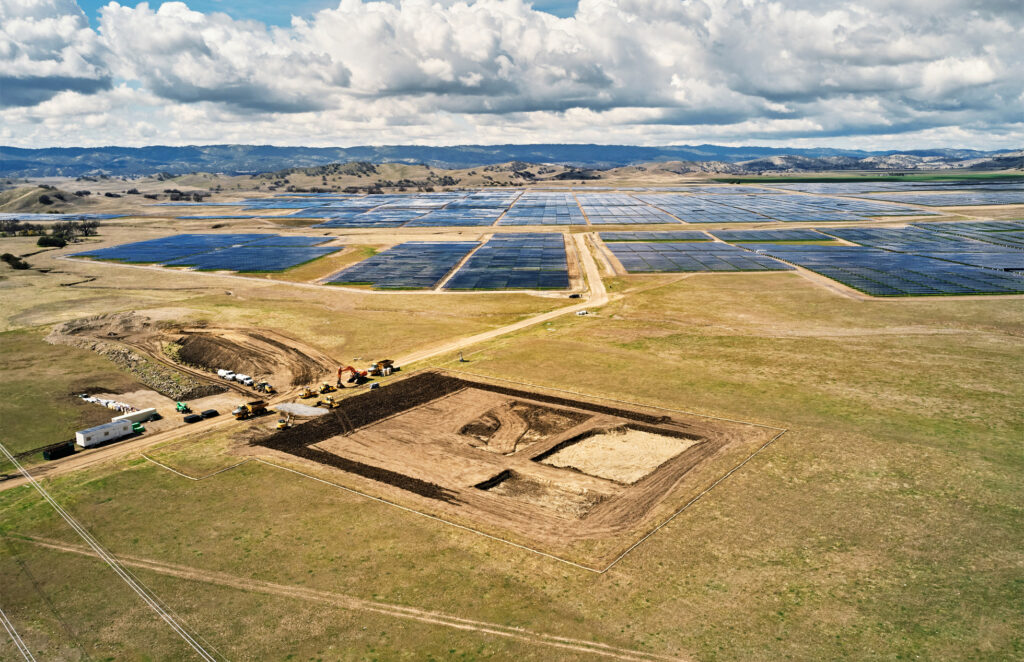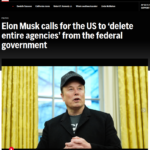Last July, Apple announced their plan to become carbon neutral across their entire supply chain and product lifecycle by 2030, and today Apple reiterated that claim. The company claims it is already carbon neutral in its own operations. The plan is for Apple’s entire supply chain to move to renewable energy and energy storage solutions, so that Apple’s entire business is carbon neutral. The commitment is for every device Apple sells to have net zero climate impact.
It’s one thing for a company to make such a goal for its own operations. The company could become spiffy clean and green by pushing all the dirty stuff to other companies. Such a company could then claim its green credentials, and everything is great until someone points at that dirty factory operated by a 3rd party supplier.
Apple, as detailed in todays announcement![]() , is taking a different approach. Namely, the company is requiring suppliers to use renewable energy sources for producing parts and services supplied to Apple. Such a requirement must be written into the supply contracts, and enforceable by, for example, contract cancellation. As we’ll see, Apple isn’t just mandating renewable energy, but is working with its supply partners to help them reach the goal.
, is taking a different approach. Namely, the company is requiring suppliers to use renewable energy sources for producing parts and services supplied to Apple. Such a requirement must be written into the supply contracts, and enforceable by, for example, contract cancellation. As we’ll see, Apple isn’t just mandating renewable energy, but is working with its supply partners to help them reach the goal.
The plan covers 110 Apple manufacturing partners. These other companies are moving to 100% renewable energy for Apple production, covering nearly 8 gigaWatts of “clean” energy set to come online. It is claimed this energy will avoid over 15 million metric tons of CO2e annually, and further claiming this is the energy equivalent of taking 3.4 million cars off the road.
We might quibble over the claimed benefits, and wonder precisely what that means about taking cars off the road. But, any way you slice it, 8 gigaWatts of energy is a big deal. For example that’s almost 8x the energy required by Dr. Emmet Brown required back in 1955, 1.21 gigaWatts, to send a DeLorean back to 1985 using his time machine. More seriously, the largest coal fired power plants in the world produce between 3-5 gigaWatts (according to Wikipedia![]() ).
).
Apple’s press release names off a few companies, such as DSM Engineering Materials, ST Microelectronics, and Solvay, as being part of Apple’s Supplier Clean Energy Program. Apple has published a 2020 Program Update![]() report giving the details we want to see.
report giving the details we want to see.

The project report makes it clear that Apple isn’t just writing requirements into contracts, and declaring they’ve completed the task. Instead, Apple is working to share expertise with suppliers:
- Helping to organize renewable energy projects across many regions with diverse market designs and regulatory requirements. This included 500 megaWatts of wind energy projects in China and Japan to address “upstream emissions”.
- Their China Clean Energy Fund enabled both Apple and their suppliers to invest in more than 1 gigaWatt of renewable energy production in China.
- Assist connecting suppliers with renewable energy suppliers.
- Developed a Supplier Clean Energy Portal with training and tools for to help suppliers switch to clean energy.
- In 2019, Apple held an intensive two-day training with 30 suppliers in China regarding clean renewable energy solutions.
- Work with governments in many countries to develop policies supporting clean energy development.

The project report includes a table breaking this down by company, outlining the choices made by each company. But what we see from this graph is the vast majority are directly engaging with 3rd party suppliers of renewable energy, for example through power purchase agreements.
Apple claims its own operations are already carbon neutral
For example, todays announcement included discussion of an energy storage project being started at their California Flats solar farm. The solar farm, outside Soledad California, has 130 megaWatts of capacity.

The existing solar farm, in the back of this picture, has 130 megaWatts of capacity, and helps to power Apple’s campus facilities in Silicon Valley. The energy storage unit under construction will have a 240 megaWatt-Hour capacity.
In March 2021, Apple described several projects![]() it is building using $4.2 billion in Green Bonds. These projects include:
it is building using $4.2 billion in Green Bonds. These projects include:
- Adding 50 megaWatts of solar power, at the Reno Technology Park, to power Apple’s Nevada data center. This joins an existing 270 megaWatts of solar power in that area.
- A 112 megaWatt power purchase agreement with a wind farm in Illinois to cover Apple’s power consumption in the Chicago area.
- Worked with several tech companies companies to build a 165 megaWatt solar project in Fredricksburg Virgina, that are delivering power to the electricity grid. Presumably this is to support data center operations in the Herndon area.
- A 62 megaWatt wind turbine park near Esbjerg Denmark, to support their data center in Viborg.
Summary
These are all very good moves. This is an excellent example of solving the defined problem of climate change impact of large corporations.
But, isn’t this missing a larger issue? What about the other environmental impacts, such as mining the rare earth minerals used in building the devices Apple sells? Yesterday we discussed how BMW is working to eliminate rare earth minerals from its cars, and to sustainably source both lithium and cobalt.
The issue of climate change isn’t the only environmental ill caused by human activities. We could eliminate carbon emissions from the energy supply chain, and still have other poisons killing the planet we depend on.
To make it through this challenge, we must solve the entire problem.
- The USA should delete Musk from power, Instead of deleting whole agencies as he demands - February 14, 2025
- Elon Musk, fiduciary duties, his six companies PLUS his political activities - February 10, 2025
- Is there enough Grid Capacity for Hydrogen Fuel Cell or Battery Electric cars? - April 23, 2023
- Is Tesla finagling to grab federal NEVI dollars for Supercharger network? - November 15, 2022
- Tesla announces the North American Charging Standard charging connector - November 11, 2022
- Lightning Motorcycles adopts Silicon battery, 5 minute charge time gives 135 miles range - November 9, 2022
- Tesla Autopilot under US Dept of Transportation scrutiny - June 13, 2022
- Spectacular CNG bus fire misrepresented as EV bus fire - April 21, 2022
- Moldova, Ukraine, Georgia, Russia, and the European Energy Crisis - December 21, 2021
- Li-Bridge leading the USA across lithium battery chasm - October 29, 2021













